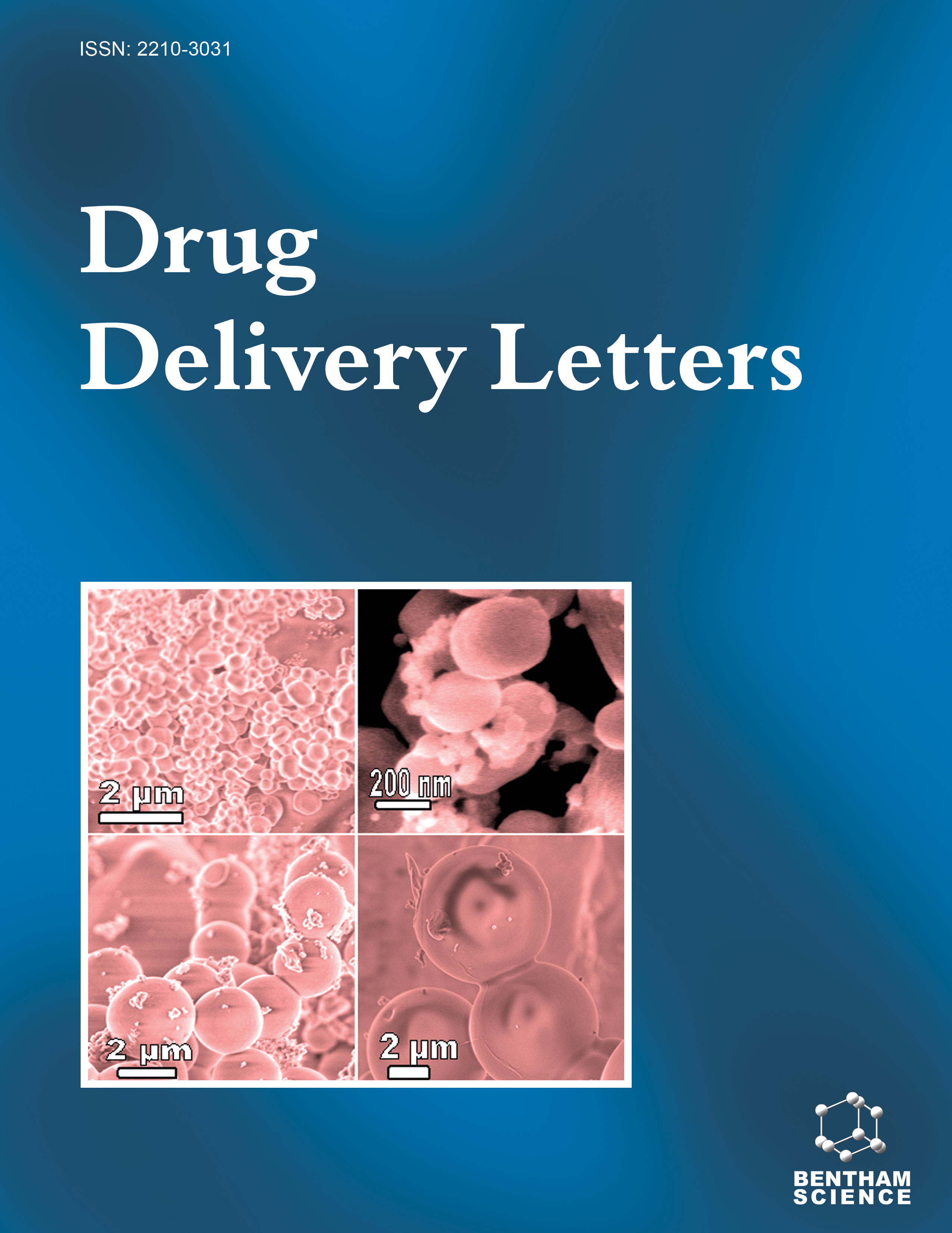
Full text loading...
We use cookies to track usage and preferences.I Understand
Plasma protein binding is inevitable for nanomaterials injected into blood circulation. For liposomes, this process is affected by the lipid composition of the bilayer. Membrane constituents and their ratio define liposome characteristics, namely, surface charge and hydrophobicity, which drive protein adsorption. Roughly 30 years ago, the correlation between the amount of bound proteins and the resulting circulation time of liposomes was established by S. Semple, A. Chonn, and P. Cullis. Here, we have estimated ex vivo plasma protein binding, primarily to determine the impact of melphalan prodrug inclusion into bilayer on bare, PEGylated (stealth), and Sialyl Lewis X (SiaLeX)-decorated liposomes.
Liposomes were allowed to bind plasma proteins for 15 minutes, then liposome-protein complexes were isolated, and protein and lipid quantities were assessed in the complexes. In addition, the uptake by activated HUVEC cells was evaluated for SiaLeX-decorated liposomes.
Melphalan moieties on the bilayer surface enrich protein adsorption compared to pure phosphatidylcholine sample. Although PEG-lipid had facilitated a significant decrease in protein adsorption in the control sample, when prodrug was added to the composition, the degree of protein binding was restored to the level of melphalan liposomes without a stealth barrier. A similar effect was observed for SiaLeX-decorated liposomes.
None of the compositions reported here should suffer from quick elimination from circulation, according to the cut-off values introduced by Cullis and colleagues. Nevertheless, the amount of bound proteins is sufficient to affect biodistribution, namely, to impair receptor recognition of SiaLeX and reduce liposome uptake by endothelial cells.

Article metrics loading...

Full text loading...
References


Data & Media loading...

